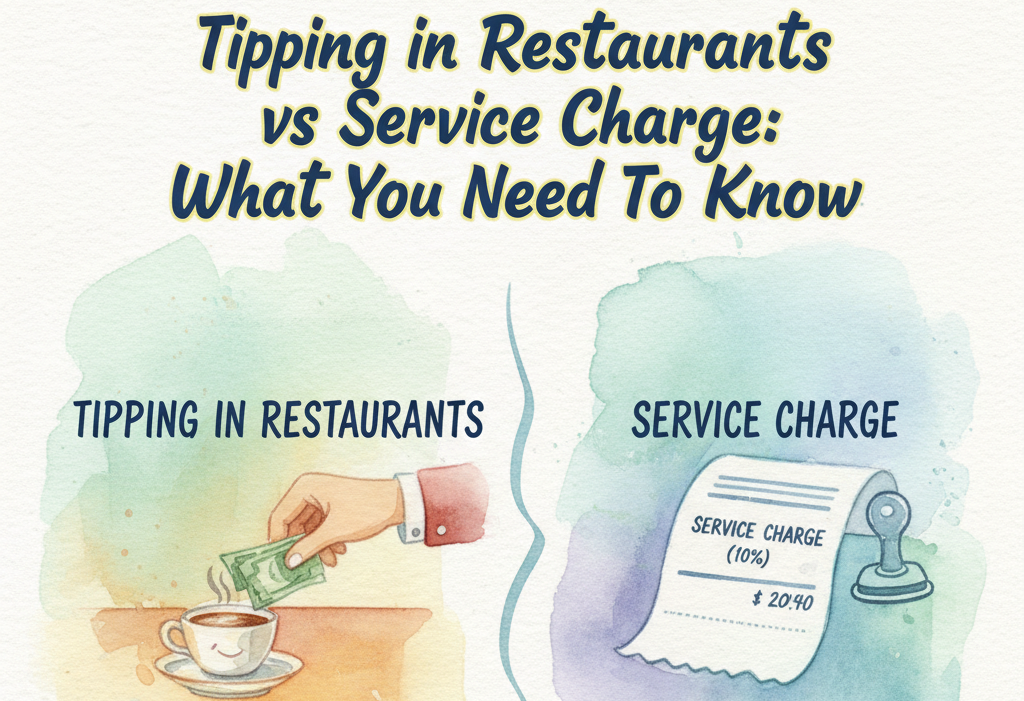The complete guide to the back-of-house (BOH) of a restaurant, how it functions, roles, and tips on how to manage back-of-house operations.
In the fast-paced and dynamic world of the restaurant industry, the success of a business greatly depends on the efficient functioning of both the front-of-house (FOH) and the back-of-house (BOH) operations. While the FOH deals with customer service and creating a memorable dining experience, the BOH plays a crucial role in ensuring the seamless flow of operations behind the scenes. In this comprehensive guide, we will delve into the world of the back of house in a restaurant, understanding its importance, key concepts, and how it contributes to the success of a restaurant.
- Understanding the Back of House (BOH)
The back of house refers to the areas in a restaurant where food preparation, cooking, and storage take place. This includes the kitchen, dishwashing area, storage rooms, and staff facilities. The BOH is responsible for maintaining hygiene and cleanliness standards, ensuring compliance with health and safety regulations, managing inventory, and maintaining equipment. The BOH is a bustling and high-pressure environment, where coordination and communication are essential for smooth operations.
- Key Concepts in Back-of-House Management
a. Kitchen Layout and Organization
The layout of the kitchen greatly impacts efficiency and productivity. It should be designed to minimize movement and maximize workflow. Organizing different stations, such as the hot line, cold line, and pastry section, allows for efficient task delegation and prevents congestion. Proper placement of equipment and utensils enhances productivity and reduces the risk of accidents.
b. Inventory Management
Inventory management plays a critical role in BOH operations, ensuring that the kitchen has all the necessary ingredients and supplies. Implementing systems like First-In, First-Out (FIFO) helps prevent wastage and spoilage of perishable items. Regular stocktaking and analysis can help identify trends, optimize purchasing decisions, and reduce costs.
c. Staff Training and Communication
The BOH requires a skilled and well-trained team that can handle the demands of a fast-paced environment. Proper training ensures consistency in food preparation, cooking techniques, and adherence to recipes. Effective communication channels between the kitchen staff and the FOH team are vital for coordinating orders, special requests, and ensuring timely service.
d. Food Safety and Hygiene
The BOH is responsible for upholding strict food safety and hygiene standards to avoid foodborne illnesses. Regular cleaning and sanitization of all equipment, surfaces, and utensils are crucial to prevent cross-contamination. Staff should be trained in safe food handling practices, proper temperature control, and allergen awareness.
- Importance of an Efficient Back of House
The BOH plays a crucial role in maintaining the quality and consistency of food. Proper preparation and cooking techniques ensure that every dish meets customer expectations. Efficient BOH operations contribute to faster ticket times, reduced waiting periods, and an overall improved dining experience. A well-organized BOH ensures that ingredients and supplies are readily available, reducing delays in service and preventing customer dissatisfaction.
- Types of Back of Back-of-House Roles
a. Chefs and Cooks
The chefs and cooks are responsible for recipe execution, food preparation, and plating the dishes. They bring creativity, skill, and expertise to the kitchen, ensuring that each dish meets the restaurant’s standards.
b. Dishwashers
Dishwashers play a critical role in maintaining cleanliness and hygiene in the BOH. They are responsible for washing and sanitizing dishes, utensils, and equipment, keeping the kitchen running smoothly.
c. Kitchen Managers
Kitchen managers oversee all BOH operations, from staff scheduling to inventory management. They ensure that all food safety protocols are followed, and the kitchen operates efficiently.
d. Expediter
The expeditor acts as the liaison between the BOH and FOH, coordinating orders and ensuring timely service. They play a vital role in maintaining communication and facilitating a smooth workflow.
Having a well-functioning back-of-house is crucial for the success of any restaurant. The proper organization of the kitchen, efficient inventory management, effective staff training, and upholding food safety standards are key components of a seamlessly operating BOH. By understanding the importance of the back of house and implementing best practices, restaurants can ensure customer satisfaction, improved operational efficiency, and overall success.
However, with a high number of human intervention, complications and chances of errors increases. Hence it is important that restaurants should opt for a POS system to have seamless management and communication.



